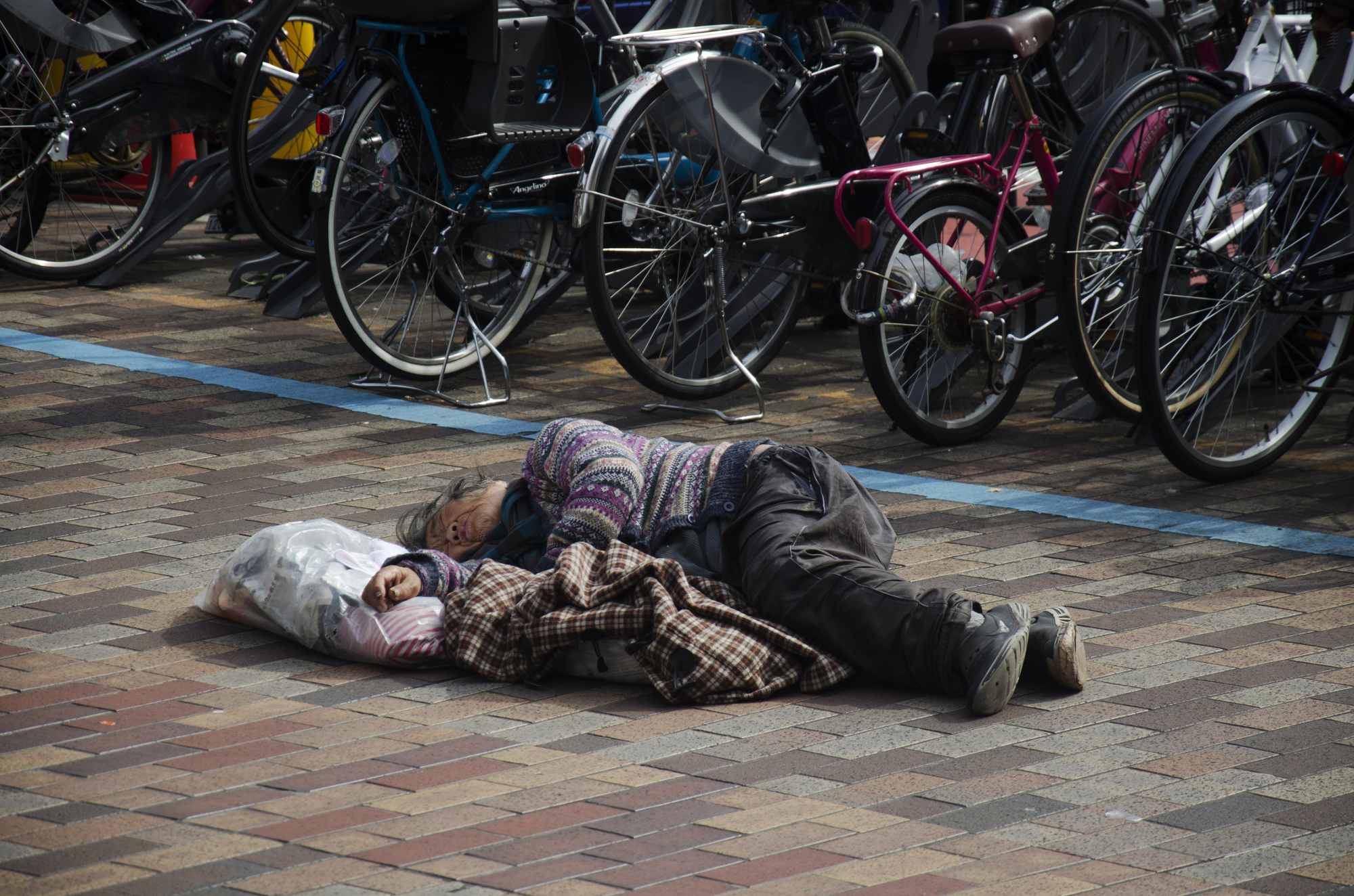The first coverage of poverty in Japan's weekly business magazines may be traced back the spring of 2009, when Weekly Diamond, in its March 21 cover story, purported to expose "The poverty you don't know." The timing of the issue came six months after the bankruptcy of the Lehman Brothers brokerage the previous September.
One month earlier, Takashi Kadokura, a prolific writer on the subject of Japan's underground economy, published a 206-page paperback titled "Hinkon business" ("poverty business"), which examined a new segment of the economy: Niche businesses that cater to people without much money. Among them: realtors catering to tenants who can't come up with "key money" deposits for apartments, and all-night internet cafes equipped with showers, to provide a roof for urban "refugees" who can only afford housing on a day-to-day basis. Also around this time, a pet breeder in Chigasaki, Kanagawa Prefecture, began renting out cats to animal lovers who lacked the means to own a full-time pet.
Now nine years later, Toyo Keizai magazine (April 14) reexamined the theme of poverty with an article headlined "Rensa suru hinkon" ("chain reaction poverty") and concluded that Japan's society has fragmented into classes based on income. According to a survey of 35 countries, child poverty in Japan in 2013, as defined by the Organization for Economic Co-operation and Development, fell below the world average, but improved by 2.4 percentage points from 2012 to 2015.



















With your current subscription plan you can comment on stories. However, before writing your first comment, please create a display name in the Profile section of your subscriber account page.